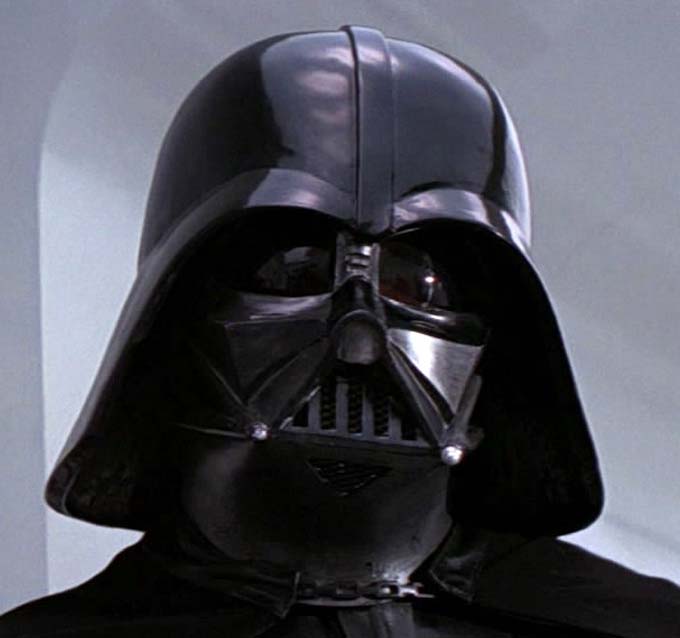Futurism
Futurism started in Italy and was founded in the early 20th century by the Italian poet and writer Filippo Tommaso Marinetti. It was the first movement that had ever been managed like a business. First it started as a literary movement. The artists who supported Futurism, started to make use of the manifesto in their work, so they could communicate their artistic philosophy, and to attack the conservative and accademic world trough their art.
Technology had a huge impact on the Western culture at that time, which had a big role in the Futurism movement. They adored noise, machinery, violence, youth, industry, speed and cities. The Futurist took technological progress and focused on the potential and dynamism of modern age.
Futurist architects were promoting their artistic tastes through Sant' Elia's architectual proposals. Their proposals were personalized by unfinished, raw surfaces, violent colouring and extensive dynamic forms. Sant' Elia passed away in 1916, but his 'Manifesto of Futurist Architecture' had a huge impact on the de Stijl members, which recieved it the following year. Futurism influenced Art Deco's streamlining forms, in architecture. The structures of the buildings were viewed as futuristic, when it was in style, from the 1920s and 1930s.

Dining Set by Geraldo Dottori
This dining set was designed by Geraldo Dottori who was part of the futurist movement. This dining set was designed in the 1930s. One can see that triangles are used all over this set to show motion and direction. The repetition of triangles is showing movement and direction at the same time.


Ferrohouse in Zurich by Justus Dahinden, 1970
This house although it wasn't designed between 1909 and 1944 it is still viewed as a futuristic house because of certain elements incorporated in the architecture. It reminds me of Dart Vader, maybe because of the mouth space shaped as a triangle. The building gives a sense of elevation as if it is being pulled up, almost stretched upwards the sky.

Interpretation of the wyndam lewis' front cover of BLAST, 1915 by Haley Adam

BLAST Magazine cover, 1915
This work is an interpretation of a vorticist magazine cover that was coming out in 1915. It is possible that Hayley Adams used a CNC machine to carve a similar pattern like the one that was in the front cover. The triangular shapes remind me of the movements they tried to create. Lines were often drawn or constructed at an angle to show direction.

The Equilibrium chair by Matthew Michaelson
This is a chair which is contemporary but was inspired by the Vorticism movement. It consists of a series of arrow forms which give the viewer a sense of direction towards the seating space.
References;
Bhaskaran, L. (2005). Designs of the times. Mies: RotoVision.
haley adam | design: May 2011. 2015. haley adam | design: May 2011. [ONLINE] Available at:http://haleyadam.blogspot.com/2011_05_01_archive.html. [Accessed 22 January 2015].
European Architecture History. 2015. European Architecture History. [ONLINE] Available at: http://www.essential-architecture.com/EUROPE/A-HIST.htm. [Accessed 23 January 2015].
Original Darth Vader Helmets. 2015. Original Darth Vader Helmets. [ONLINE] Available at: http://www.starwarshelmets.com/Original-Darth-Vader-Helmets.htm. [Accessed 23 January 2015].
Design of the Futurism Movement - Daniella On Design. 2015. Design of the Futurism Movement - Daniella On Design. [ONLINE] Available at:http://www.daniellaondesign.com/blog/design-of-the-futurism-movement. [Accessed 24 January 2015].
Equilibrium Chair on Behance. 2015. Equilibrium Chair on Behance. [ONLINE] Available at: https://www.behance.net/gallery/Equilibrium-Chair/3173578. [Accessed 24 January 2015].
No comments:
Post a Comment